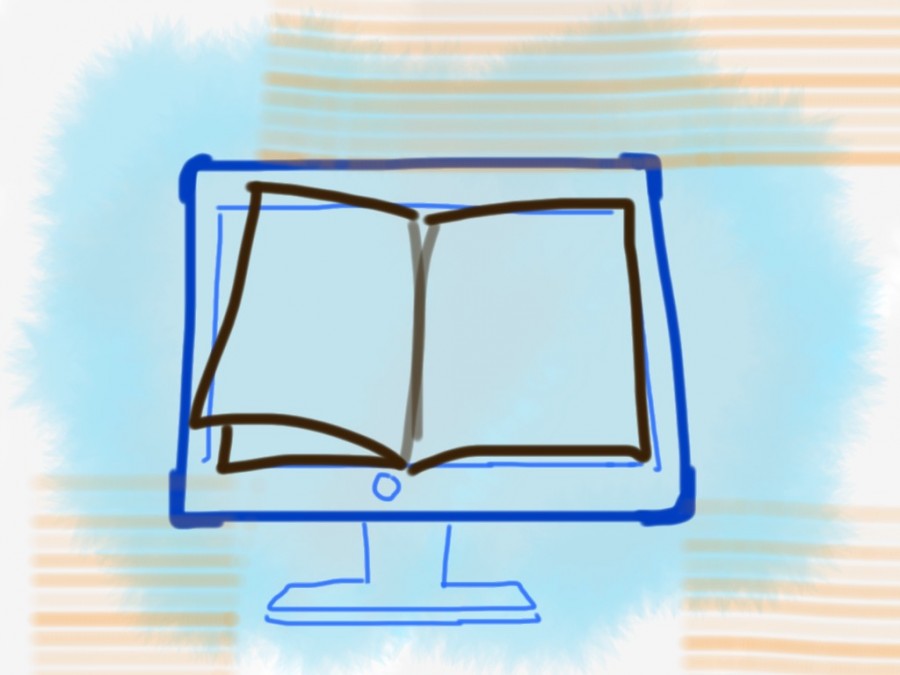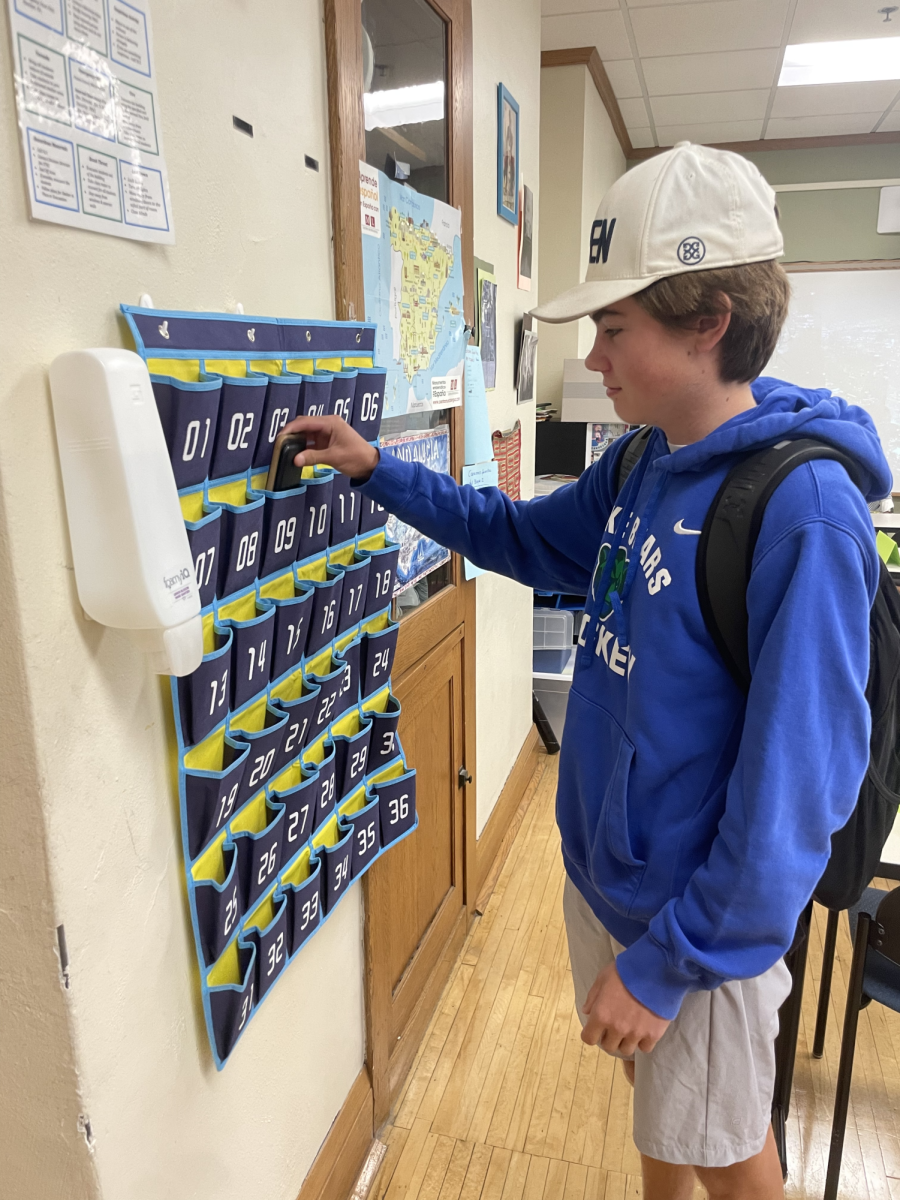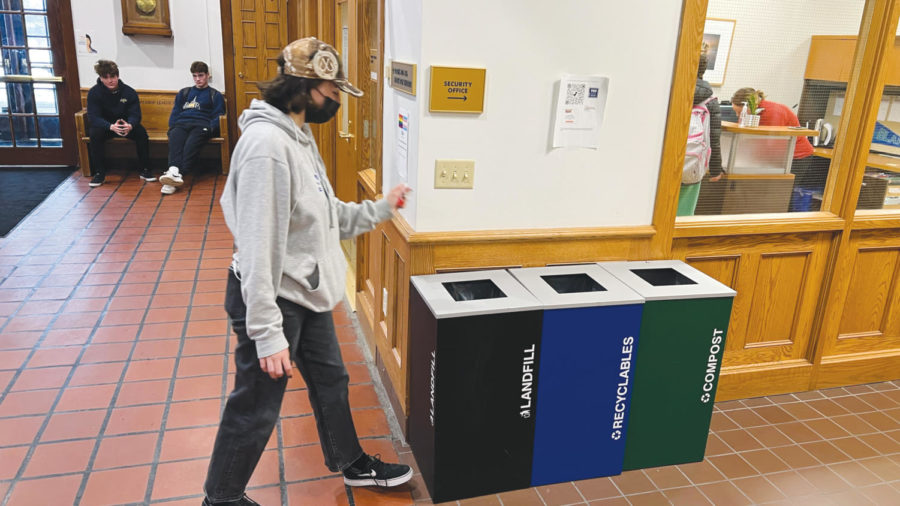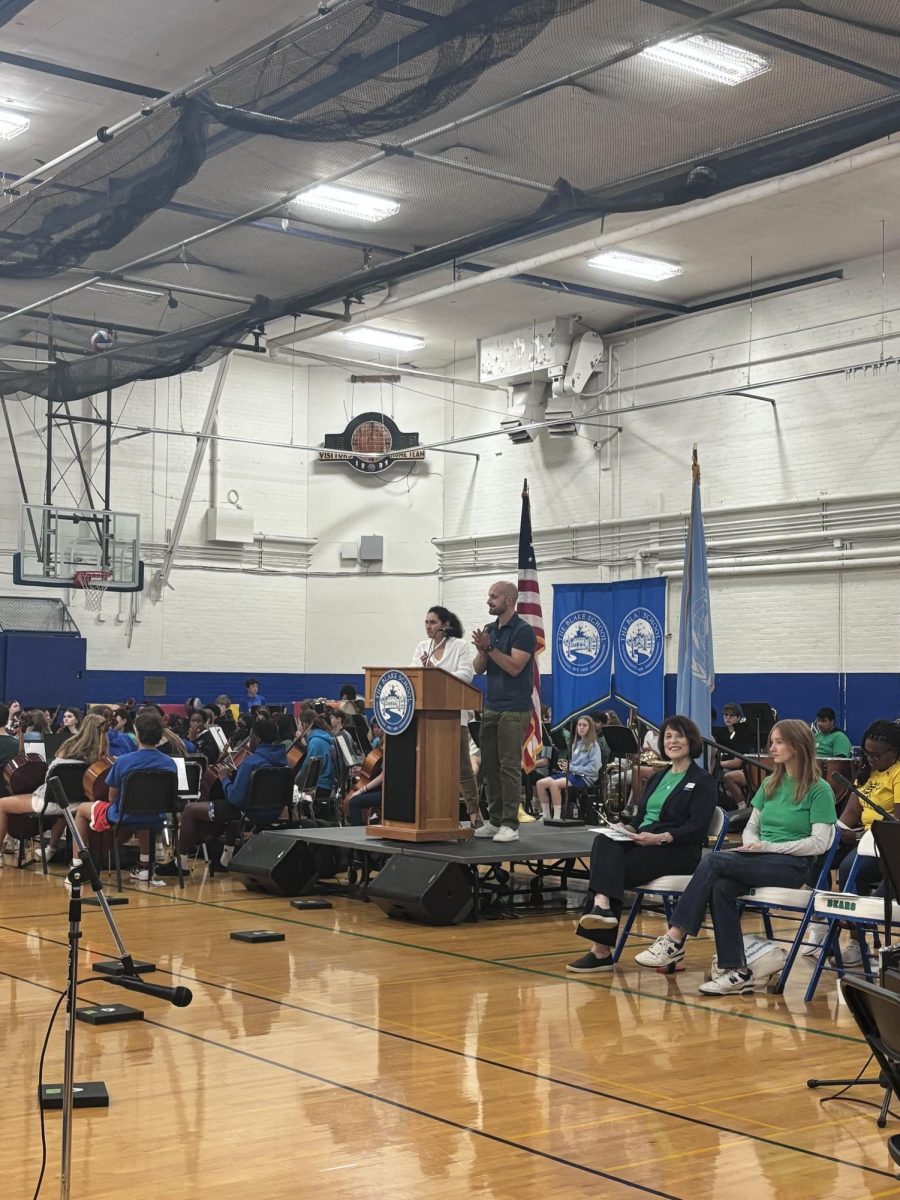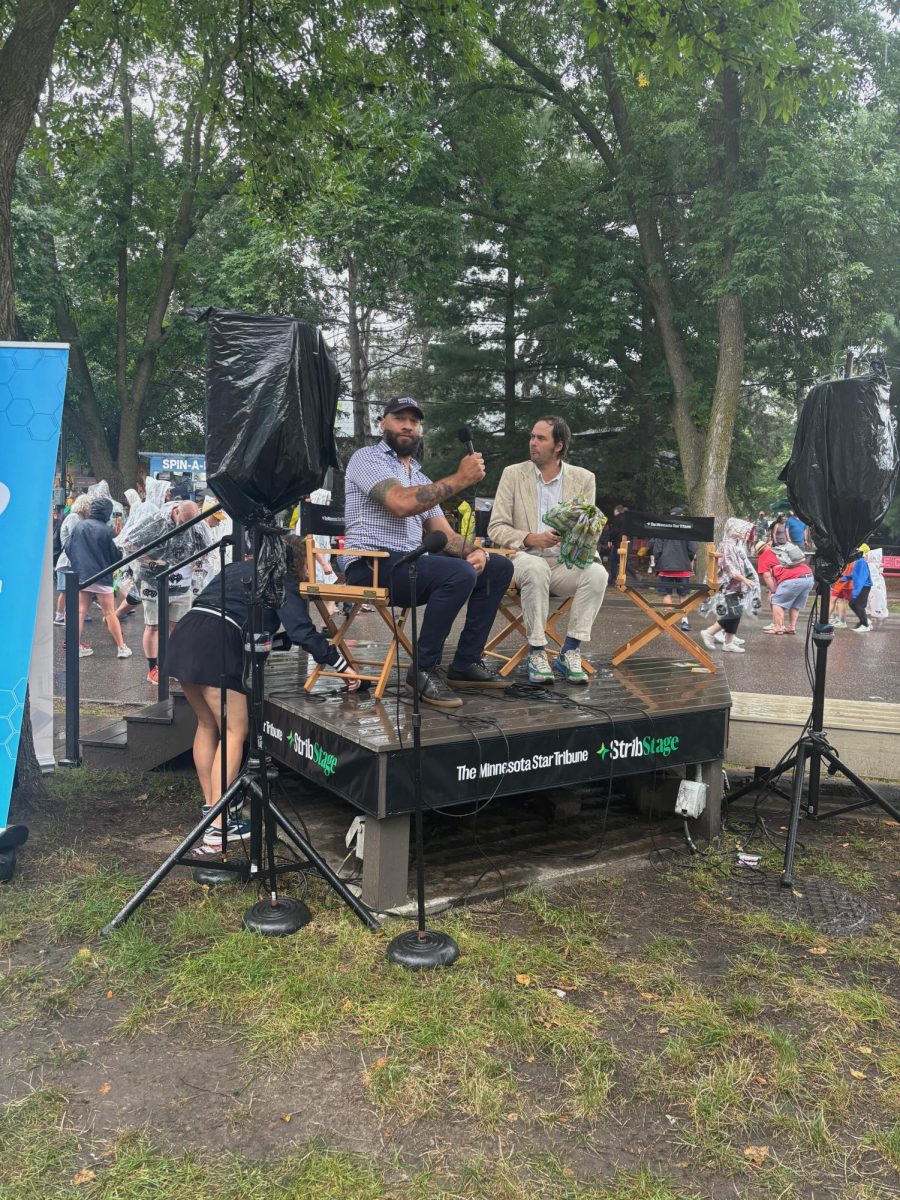After wasting another month watching Grey’s Anatomy, it’s officially time to worry about the summer reading assignment and textbook purchases for the upcoming school year. The prices of the MBS direct bookstore are noticeably expensive for both used and new textbooks. According to College Board, an average undergraduate student in college needs to budget around $1,200 for textbooks each year. This means that Community College students spend 40% of their tuition and Four-year Public University students spend 13% of their tuition on textbooks. It is blatantly true that the expensive cost is also a burden for High School students and parents who need to purchase hardcover textbooks.
Rebekah Johnson, a physics teacher, says “ Textbooks are often not affordable. When I was in college, my textbooks set me back significantly. I was able to buy [them], but some people weren’t. They had to make a decision : am I going to buy the textbook or not.” Ultimately, it is crucial to find an affordable alternative to traditional textbooks.
In the past few years, many four-year public universities launched their own campus programs to make textbooks accessible for all students. They claim that an Open Textbook Movement has by far been the most effective solution. An Open textbook is a textbook licensed under an open copyright license, and made available in a wide range of print and digital formats to be used by students, teachers, and members of the public with no additional cost. David Ernst, the creator of Open Textbook library at the University of Minnesota, says “The movement is about awareness. Expensive textbook costs are a burden, and open source textbook can be very beneficial.”
In addition, Open Textbooks grant more flexibility to teachers. For instance, teachers take the advantage of adding new material, changing terminology, or removing unnecessary chapters. Johnson says “You can customize [Open Textbooks] to how you want your course to look. There’s different ways to teach, so one textbook doesn’t always fit everyone’s course.” Jen Vance says, “What I appreciate is that Open Textbooks link the right sections to my unit so that students have access to the information without having the whole big book.”
While the benefits of using Open Textbooks are clear, an Open Textbook author’s goal may be to provide free, global access to their materials to support educational equality. According to Student PIRGs (Student Public Interest Research Groups) , Open Textbooks in place of traditional textbooks save students 80% on average. Therefore, it is crucial for High Schools to take interest in the Open Textbook Movement.
Crushshon, Vance, and Johnson, have used and are currently using an Open Textbook for their courses. The three faculty members have found Open Textbook to be helpful. However, they also acknowledged the challenges they faced over the course of using Open Textbooks.
Surprisingly, teachers claimed that credibility has been an issue, and this can be problematic because credibility alters the quality of a book, and sometimes Open Textbooks don’t come up to the quality like the publisher’s textbooks. Vance comments, “You need to review online text as you would for hardcover books to check it they are up-to-date.” Crushshon points out that an Open Textbook can be biased just like textbooks from large manufacturers. He adds, “Textbooks have a perspective. Sometimes, the perspective is political, and that can be a problem. You have to make sure that you recognize the perspectives that are presented that are not provided in full picture.”
Freshmen who are taking Introductory Biology shared their experiences using an Open Textbook. Overall, they agreed that Open Textbooks are convenient, relieving, and creative. Isabel Friedell 19’ mentions “ Open Textbooks take the weight off my shoulders. literally. I don’t need to carry it around. It’s a lot easier to remember because I always bring my laptop everywhere.” In addition, Friedell adds “The animations in the Open Textbook are interesting because they are interactive.” Some talked about how Open Textbooks can support conservancy. Frida Liston 19’ says “Open Textbooks are environmentally friendly.”
On the other hand, Freshmen talked about the drawbacks that they experienced from using an Open Textbook. Sophia Warren 19’ and Blake Weyerhaeuser 19’ both point out how there can be some difficulty in reading an online text and annotating it. Despite these flaws, students and teachers still seem to be in favor of the new form of textbook. Vance says “ Open Textbooks provides a more vetted way to say “yes” this information is accurate. [Open Textbooks] condense in what you need, and students benefit instead of going to Wikipedia.”
Finally, the three faculty advisors suggested some actions that they or the other Blake faculty members can take to deal with the Open Textbook movement. Johnson suggests that “[Teachers] should share our experiences. Ask who are using it successfully and having time to pursue it together so that students can have a uniform experience all throughout four years.” Crushshon suggests that “ [faculties] have to be aware of the options out there. If we don’t know about it, we’re not going to use it, so I guess the faculty’s responsibility is to be more aware and see what the options are and not do what we’ve always done which is using standard textbooks.”

